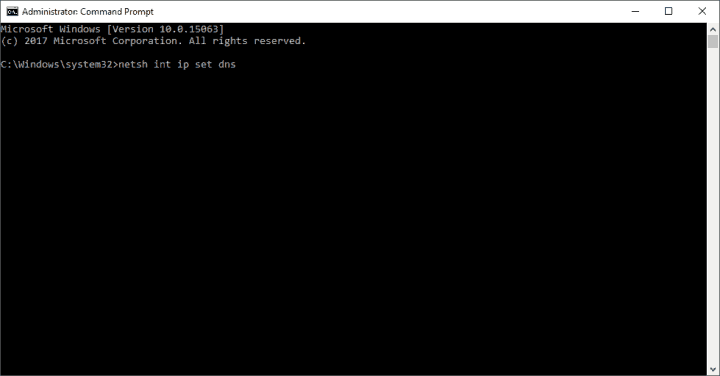
You’ll be flying through tasks in no time armed with these incredibly useful tricks.

If you need to improve your Command Prompt skills, then why not check out these 21 commands that every Windows user should know. Still, until the day Command Prompt actually does go the way of the Dodo, you can rest assured it’s only a few clicks away. As many of the functions were limited due to the lack of access because of the C: drive being locked etc. Having tried several avenues to recover from the Locker, it was decided to start fresh with a re-install of Windows 10. While that’s not a bad thing in itself, PowerShell could do with some polish to help non-power users who would have been fine with the Command Prompt to use common functions just as easily. Command Prompt is missing from the drive. You’re In Command Now!Īs they ve done with HyperTerminal, Microsoft may choose to one day completely phase out Command Prompt, in favor of PowerShell. There are plenty of commands that require administrative privileges to work and this is one of the ways you can start the Command Prompt with those privileges without leaving Explorer. If you want to run it with administrative privileges, simply right-click cmd.exe and choose Run as administrator. You can find “cmd.exe” in C:\Windows\System32. Find Command Prompt, right click it and select Run as administrator. If you don’t feel comfortable doing that, it’s best to skip this method, but if you really want that context menu option back, here’s what to do.įirst, click Start and type regedit. Restore C drive with Windows 11/10 built-in tool. Getting this command back is not very difficult, but it does require some tinkering in the Windows Registry. Why? It’s most likely down to an effort from Microsoft to push people away from using the Command Prompt towards using PowerShell.


For example, if you right-click on a folder and use this command, the Command Prompt starts at the current folder location.Īfter the 2017 Creator’s Update for Windows 10, Microsoft removed this option. In early versions of Windows 10, there was a context menu entry called “Open command window here” which would open the Command Prompt in the folder location you specify. Taking you directly to the Windows PowerShell prompt at that folder. Get-AppxPackage -allusers Microsoft.This will also work if you type “powershell” instead of “cmd”. Step 2: In the PowerShell window, type the below command and hit Enter to execute: Now, right-click on the result and click on Run as administrator to run PowerShell in admin mode. Step 1: Click on the Start button on your desktop and type PowerShell in the search field.


 0 kommentar(er)
0 kommentar(er)
